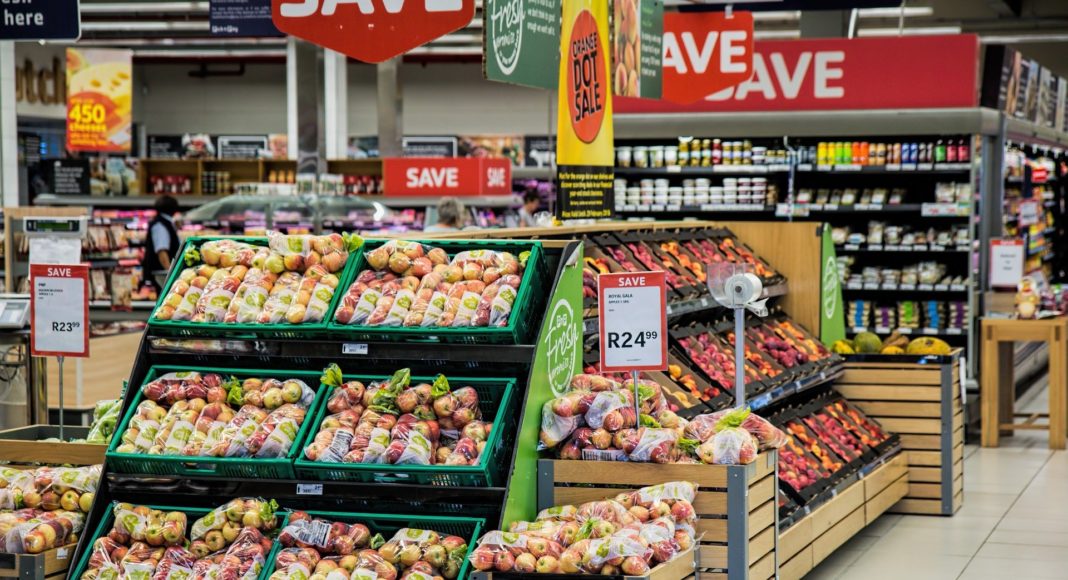The Canada’s Food Price Report 2024 forecasts overall food prices will increase by 2.5 to 4.5 per cent, a Dec. 7 news release said. The average family of four will spend $16,297.20 on food in 2024, up $701.79 from last year. The most significant increases range from five to seven per cent for bakery, meat and vegetable items.
“This report examines the impact of food inflation on Canadians and possible reasons for food price inflation trends,” Kelleen L. Wiseman, academic director and manager, master of food & resource economics at the University of British Columbia, said in the release. “This research makes a valuable contribution to the important topic of food affordability. The report data informs consumer expectations by familiarizing them with past and current trends.”
The release noted 2023 was a tumultuous year politically, environmentally and economically, with unprecedented wildfires and flooding happening across Canada. Canadians are facing many financial pressures, such as higher rental rates and utilities and rising personal debt.
Despite inflation, Canadians are spending less on food this year. Food retail sales data show a decline in monthly spending per capita between August 2022 and August 2023, the release said. Estimated annual spending for a family of four in the past year was $693 lower than originally projected.
“However, this decrease is a concern to researchers. Reduced expenditures in the face of elevated food prices indicate Canadians are decreasing the quantity and quality of food they are buying,” the release said.
Food Bank Canada’s 2023 Hunger Count revealed there were nearly two million food bank visits in Canada in 2023 — the highest level on record and a 78.5 per cent increase since March 2019.
The Canada’s Food Price Report 2024 is an annual collaboration between research partners Dalhousie University, the University of Guelph, the University of Saskatchewan and the University of British Columbia. Historical data sources, machine learning algorithms and predictive analytics are used tools to make predictions about Canadian food prices.
Related Articles
Canadian Food, Beverage Sales to Break $164 billion Mark
Report Points Out Multiple Factors Causing Food Price Inflation
Canadian Food Prices to Rise by Five to Seven Per cent in 2023











